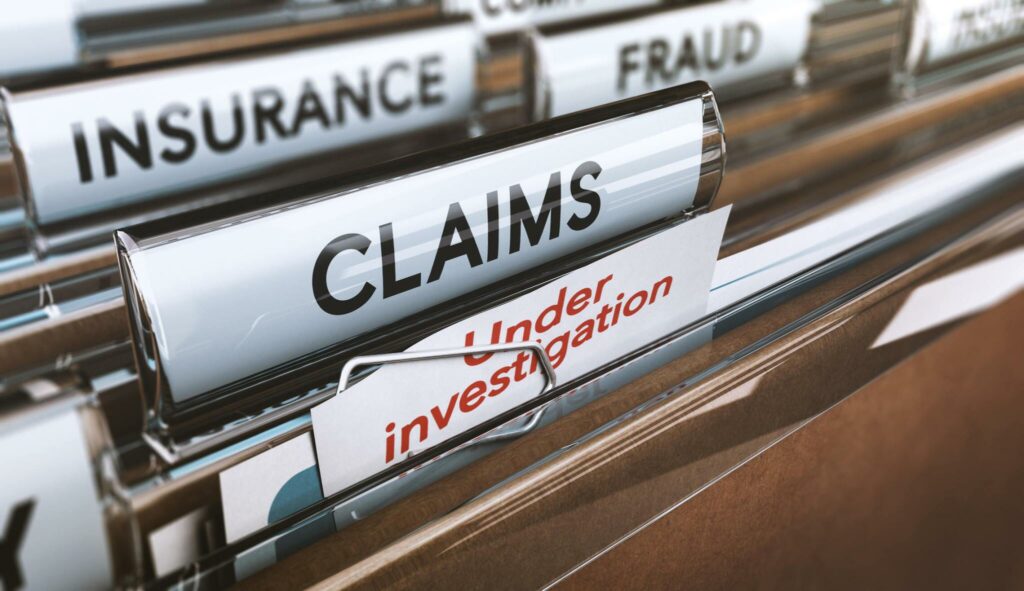Insurance fraud is a serious offense that can result in significant financial losses for insurance companies and policyholders alike. Detecting and investigating insurance fraud requires a thorough and systematic approach to gather evidence, build a case, and ultimately bring the perpetrators to justice. In this article, we will explore the process of insurance fraud investigations, from the initial suspicion to the final conviction.

Suspicion and Initial Investigation
Insurance fraud investigations often begin with a red flag or suspicion raised by the insurance company. This suspicion can be triggered by various factors, such as inconsistencies in the claim, suspicious behavior by the policyholder, or tips from whistleblowers. Once a suspicion is raised, the insurance company will typically launch an initial investigation to gather more information and assess the situation.
Key steps in the initial investigation phase include:
- Reviewing the claim documents and supporting evidence
- Interviewing the policyholder, witnesses, and any involved parties
- Conducting surveillance or background checks, if necessary
- Consulting with experts, such as forensic accountants or medical professionals
Building a Case
After the initial investigation, if there is sufficient evidence to support the suspicion of fraud, the insurance company will proceed with building a case against the perpetrators. This phase involves gathering more in-depth evidence, analyzing the information collected, and forming a strategy to prove the fraud in a court of law.
Key components of building a case in insurance fraud investigations include:
- Obtaining additional documentation and evidence, such as financial records or communications
- Engaging in further interviews and interrogations to uncover more details
- Collaborating with law enforcement agencies and legal counsel
- Utilizing advanced data analysis and technology to detect patterns or anomalies
Legal Proceedings and Conviction
Once a strong case has been built, the insurance company will work with law enforcement and prosecutors to pursue legal action against the perpetrators of insurance fraud. This phase involves presenting the evidence in court, conducting trials, and striving to secure a conviction to hold the fraudsters accountable for their actions.
Key steps in the legal proceedings and conviction phase include:
- Filing a formal complaint or indictment against the accused parties
- Presenting the evidence to a judge or jury during court proceedings
- Cross-examining witnesses and experts to validate the evidence presented
- Seeking a guilty verdict and sentencing for the convicted individuals
Challenges and Best Practices
Insurance fraud investigations can face numerous challenges along the way, including the complexity of the schemes, the difficulty of proving intent, and the need for collaboration with various stakeholders. To overcome these challenges and ensure successful outcomes, insurance companies and investigators can follow a set of best practices in conducting fraud investigations.
Key best practices in insurance fraud investigations include:
- Establishing clear protocols and guidelines for handling suspected fraud cases
- Training investigators and staff on fraud detection and prevention techniques
- Leveraging technology and data analytics to identify potential fraud patterns
- Coordinating with law enforcement agencies and legal counsel for effective prosecution
- Ensuring compliance with legal and ethical standards throughout the investigation process
Conclusion
Insurance fraud investigations are complex and multifaceted processes that require a meticulous approach to uncovering fraudulent activities, gathering evidence, and securing convictions. By following a systematic process from suspicion to conviction and adhering to best practices in fraud detection and investigation, insurance companies can protect their assets, maintain the integrity of their policies, and hold fraudsters accountable for their actions.
0 Comments